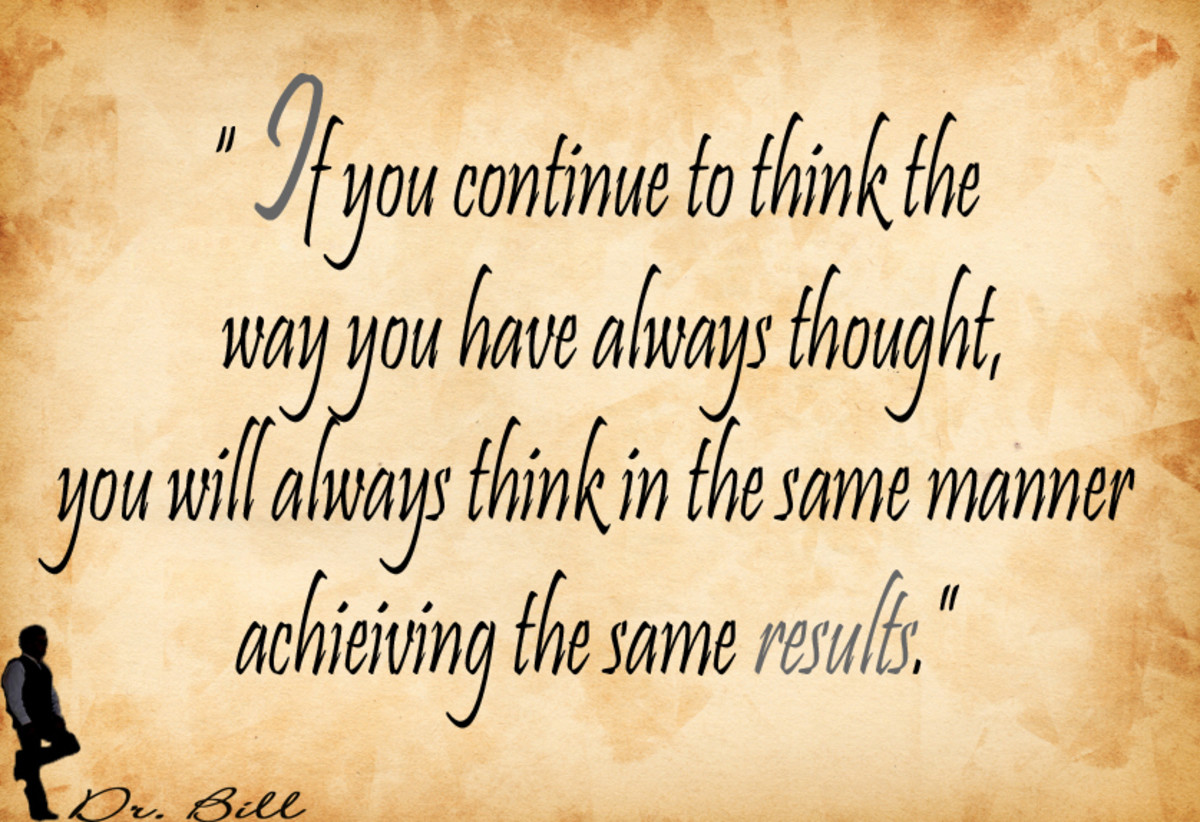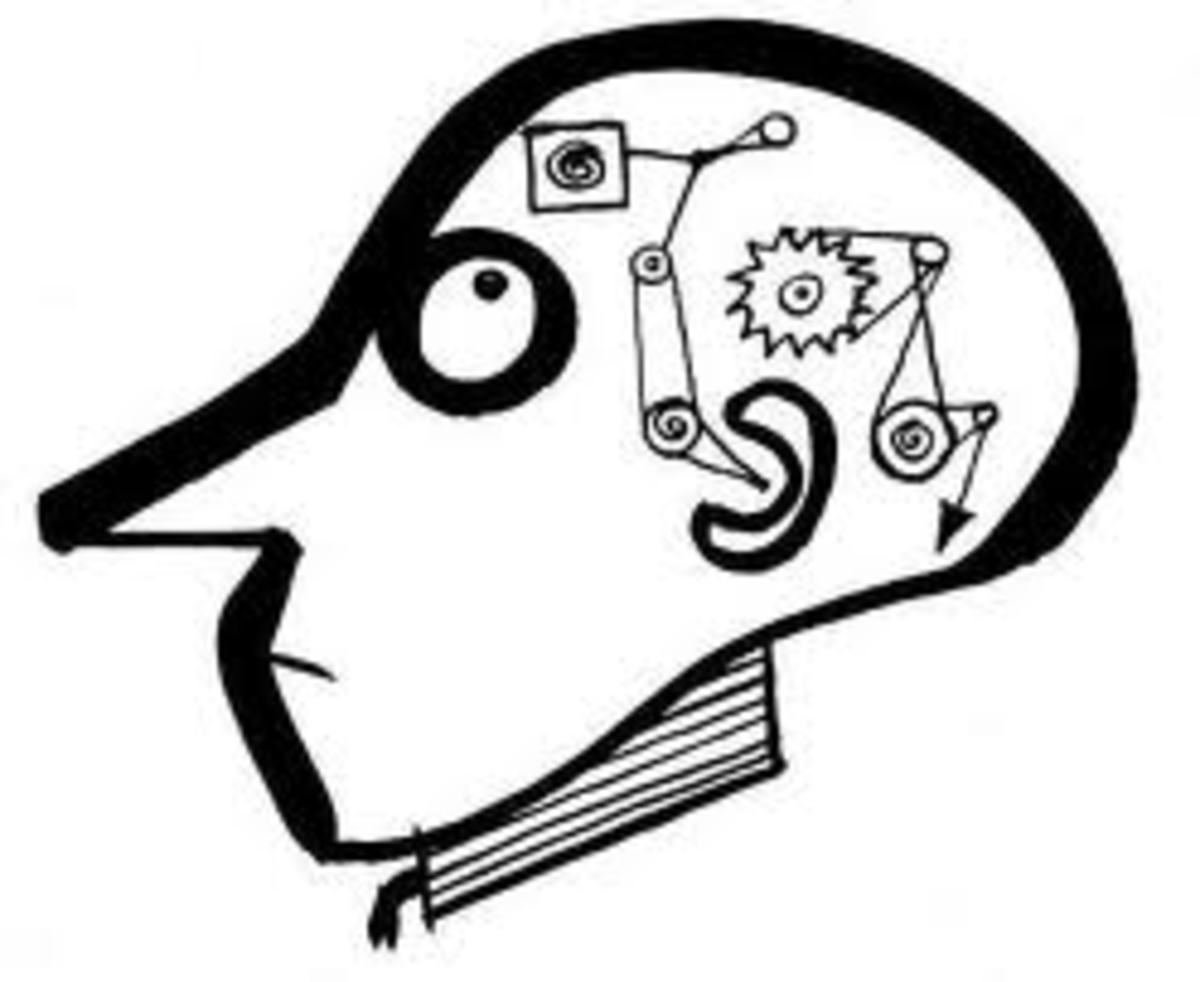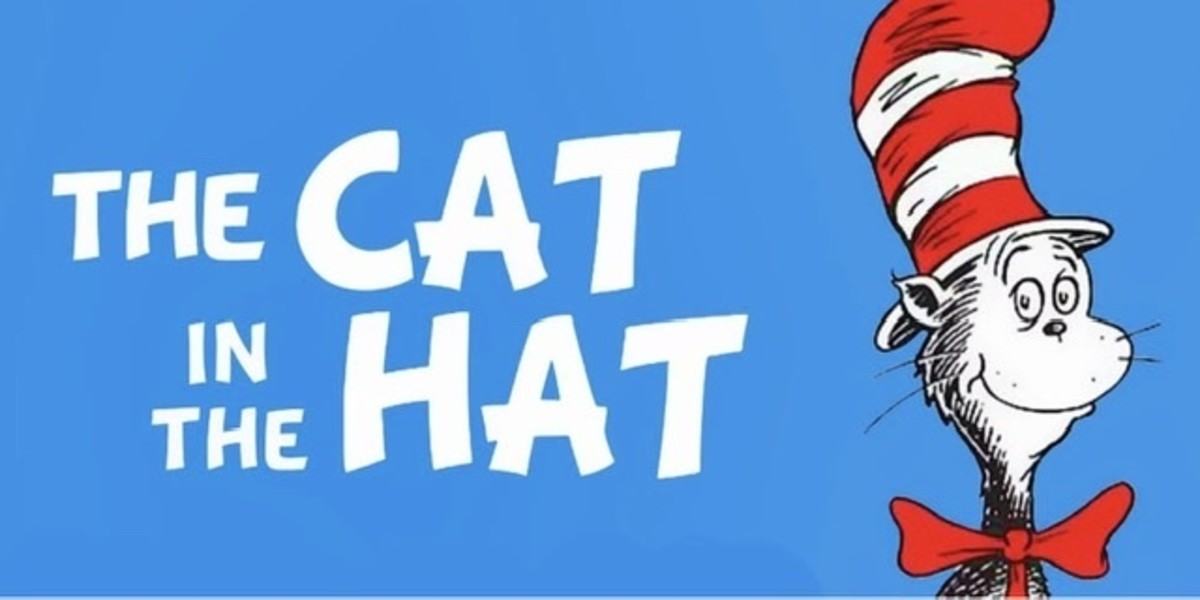- HubPages»
- Health»
- Quality of Life & Wellness»
- Personal Development
Extended Being: The You That is Many
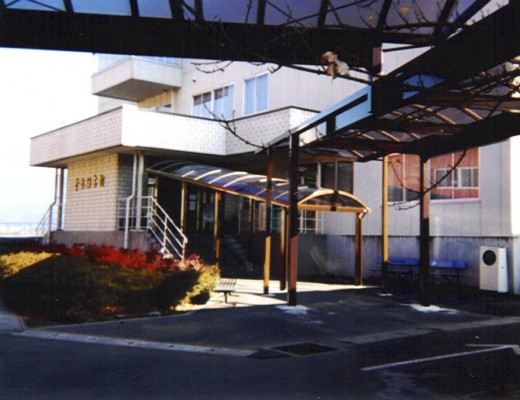
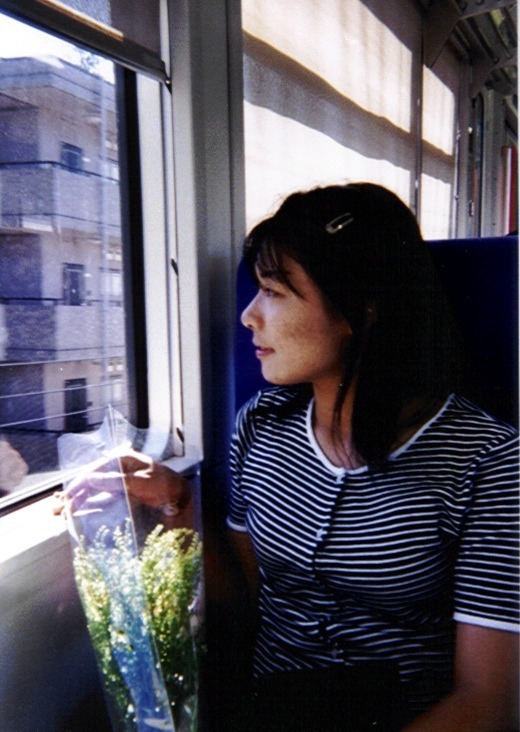
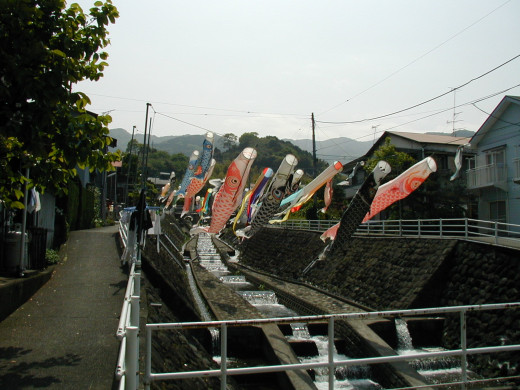
An Introduction to Extended Being
Sometimes nature’s mechanisms are so obvious we tend to overlook or dismiss them. As a boy growing up in north Texas (and later Louisiana) I attended Sunday School at various (largely) Baptist churches and became fascinated by verses in the book of Genesis concerning God that to my way of thinking applied to the people writing these verses (and those who preceded and followed them):
"Let us make man in our image . . ." (Genesis 1:26) and "Come, let us go down, and there confound their language" (Genesis 11:7)
The “us” of the unitary God has been much debated by theologians and others and is not our focus here. What intrigued me then is that we humans seemed to be more of a “we” than an “I”. And by this I was not thinking just of our multiple organ systems but to a brain cobbled together by evolution whose components were operationally gave rise to a mind that was more of a plurality than a unitary. Having read most of Freud’s works at a young age, I knew that his body of work on the preconscious and unconscious made it clear that many aspects of “I” were a “we” operating below awareness. However, as my readings and flights of “waxing philosophic” were taking place in the mid to late 1960s, hard science support from neuroscience was lacking. It would, in fact, not possess the tools to probe and tease apart the players in the genesis of what we identify as our minds for many more decades.
Today, many scientists as well as philosophers at the forefront of work on the nature of the human mind and our sense of identity or self have come to the tentative conclusions that what we regard as a unitary mind is an illusion. Readers interested in knowing more are encouraged to read Dr. Bruce Hood’s 2012 book on the subject titled “The Self Illusion”.
This, however, is not the end of my story.
While Genesis 1:26 and 11:7 had triggered thoughts in my boyish brain about the plural nature of the human mind, Acts 17:28 took things even further. This verse states that “For in him we live and move and have our being” (NIV). While this bespeaks a spirit (God)-to-spirit (humankind)/ flesh form of transcendent sharing, I was struck by the thought that part of what we call our being seemed extended to include others, especially those who had special emotional significance. I wasn’t thinking in terms of a spiritual tie between people which is something that lies in the realm of faith (as in presumably not demonstrably using scientific instrumentation), but of how part of us lives in significant others and part of them lives in us. I wasn’t sure exactly how this worked exactly, but suspected from my what I knew of computer programming from my own reading and my father’s work as a systems engineer and analyst (staring in the 1960s), that we crafted neural representations or the equivalent of computer subroutines in our brains of others and they of us which ran largely below awareness; something that basically made it possible for us to forge a sort of dynamic circuit twixt us and others (and they and us) that extended our being and theirs.
Like my notion concerning the human mind as more “we” than “I”, as the best support for anything like an extended being I knew of (mid-1960s) came from the world of philosophy and psychiatry (pre/sub/unconscious) than hard science (neuroscience), I placed this on a mental shelf marked “return to later”. Later would turn out to be over thirty years!
Then, in 1998 a paper by Drs. Andy Clark and David J. Chambers appeared in the journal Analysis titled “The Extended Mind” in which these men advanced a cogent argument for a species of active externalism in which objects in the environment outside a person’s head function as a part of the mind. In-a-word, your mind is not restricted to just your brain and the processes that transpire in your head but also extends to information you make, access and use on notepads, diaries and such, as well as what you access and meaningfully use via cell phones, computers, and etc.
What Clark and Chambers posited struck me as good sense reasoning. However, things were not lined up for me to make the leap from extended mind to extended being. The timing and setting was simply wrong to transition from incubating thoughts to “formalized manifesto”. What was needed (though I was not fully cognizant of it at the time) was a change of venue; that is, the exchange of a daily life filled with comfortable routines, cultural blinders and familiar ruts to one in which these were removed or at least significantly diminished.
My life change prescription was filled by contingency when in early 1999 I happened across an on-line ad for university ESL (English as Second Language) instructors in Japan, shot off my resume, and after some hurdle jumping was hired to teach at a private university (Teikyo University of Science & Technology) situated northwest of Tokyo in the mountain hamlet of Uenohara. By April I was living in Japan and, thanks to program provided ESL fluent Japanese guides and liaisons, not to mention a subsidized flat in a modern apartment complex populated by no less than thirty-five other ESL university instructors, was spared any sort of major culture shock. Actually, local Japanese stores so reverberated with music from the 1960s and 1970s including songs by one of my favorite groups from that period (ABBA) that I was tempted to think I was back in the States in a time warp! Japan was a world removed from what this Southern boy grew up with, yet had wrapped its arms about so much that was familiar that I felt more at home than “culturally displaced” or disoriented.
However, the very thing that protected me from being isolated, especially the presence of so many fellow Americans, meant that I was experiencing many of the “familiar distractions” I had known back in the States. Unbeknownst to me, things would line up to change this and also bring extended being to the forefront.
My students turned out to be very welcoming, friendly, and more than a little helpful in negotiating Japanese customs and even menu choices in the university cafeteria. I was genuinely impressed by the joy they took in “showing me the ropes”, but even more so by their industriousness and genuine love for learning. There was also an innocence bordering on naivete that animated them that tended to bring out the paternal in me (Logical given the fact I was on average more than twenty years older than my charges). Interestingly, a few months later university officials including the President paid a visit to one of my classes and made a point of telling me that I had basically had become the “father these young people had always wanted but never really known”. Apparently hard-working Japanese fathers were more absent than present in their children’s lives, at least in key ways.
I was also informed that come September I would be part of a two week ESL intensive at Asia University (Musashisakai & Musashino City – north Tokyo). My job would be to teach grammar to fairly advanced ESL students plus handle classes devoted to preparing AU students to sit for the TOEIC exam (Test of English for International Communication).
Once the prescribed eight week summer holiday kicked off I, like many of my fellow gaijins, spent at least part of this crisscrossing Tokyo and neighboring regions by train and subway, mostly to pay a call on “must see” sites such as the Imperial Palace. And, having spent a good chunk of my youth on my maternal grandparents farm in North Texas, I simply had to made a special point of traveling to rural areas such as neighboring Chiba prefecture to get a close up look at Japanese farms.
By the time classes kicked off at Asia University I was actually tired of being “footloose and fancy free” and was eager to be back among students. Thankfully, my AU students were just as eager to learn and enthusiastic as those at Teikyo. Several actually endeared themselves to me including a shy but very bright twenty year old business major named Kaoru Hashimoto. As you would expect, two week’s worth of classes flies by really fast, and before you could say “Kon ben wa” (Good evening) I found myself posing for final photos and preparing to say “sayonara”. However, before I left campus for the last time I spotted Kaoru and made a point of getting her email address and giving her mine.
In the months to come I divided my time between teaching at Teikyo and meeting up with students interested in taking in local festivals, singing karaoke, window shopping and sometimes just hanging out and chatting for hours on end over coffee, mixed drinks or sake. And, thanks to that exchange of email addresses at AU, I was able to hook up with Kaoru and begin meeting up with her. In fact, I did something for her no one – not even her family or boyfriend -- had ever done – namely, take her to Tokyo Disneyland! (Click to access a photo of Kaoru taken after we got back to Tokyo from Tokyo Disneyland). Other outings followed.
Life, as they say, can turn on a dime. Mine had when I chanced across and answered that on-line ad seeking university ESL instructors in Japan. It turned again thanks to Kaoru and a job offer (I accepted) to teach at a private school located in a quaint fishing village (Ajiro) located southwest of Mt. Fuji (on the Izu peninsula) starting in February 2000. Extended being was, so-to-speak, at the door.
During my final months at Teikyo, Kaoru and I made a point of meeting up on a fairly regular basis. My relocation to Ajiro in 2000 changed little about this, despite the fact I was more than two hours away from her area of Tokyo by train. We simply coordinated our times off and I would invest over four hours travel time on the days we met up and hung out together.
If you, dear reader, are thinking, “Well, the old boy obviously fell in love with Kaoru” you are both right – and wrong. Actually, had my feelings for Kaoru been romantic in nature it would have blinded me to what followed, or at least to have confused one phenomena (extended being) for another (romantic obsession).
What I had grown to feel for Kaoru was, yes, a very powerful form of love but not of the “let’s hold hands and kiss” variety (Kaoru and I never once touched nor had the desire to). Mine was a love that did not want to possess Kaoru but instead wanted solely what was best for her without asking or seeking anything in return. In secular terms this surely qualified as unconditional love, while from a spiritual perspective it was an expression of the kind of love embodied in Judaism’s Shema and to what early Christian writers referred to as agape or God’s kind of love (1 Corinthians, chapter 13). I call it transcendent love.
Kaoru looked upon me as a sort of combination mentor and best friend.
Have you ever spent some time alone in a country farm house or bed & breakfast situated in a rural or semi-rural locality? If so, then you know firsthand what these settings can facilitate in terms of bringing to awareness sometimes subtle thoughts and processes (ones ordinarily drowned out by the hubbub of busier/noisier environments). And in some instances the sounds, smells and sites in a particular quiet, serene place can come together in a unique way so as to work a neuro-magic that fails to come together in quite the same way as quiet rooms or like settings elsewhere. This novel convergence happened to me in Ajiro.
As you would expect living in a small fishing village where “they roll up the sidewalks” around 9 pm each night guaranteed few distractions. By the time I left my school each evening and walked the 20 minutes or so to my 2nd floor apartment perched on a hilltop, most businesses were closing up and traffic along the “main drag” consisted of the occasional car or motor scooter. Once home I would open up my windows which happened to face a stair like step-down stone aqueduct that stretched from the mountains above my locality to the Pacific Ocean just a short walk south of my flat. Whether by design or chance, the water running down that structure made a rhythmic sound that to my way of thinking probably entrained with human brains to favor production of relaxing alpha waves. The quiet punctuated by the flow of water in that aqueduct made it possible to experience not just quiet and relaxation but more so (for me anyway) a unique situation in which conscious thoughts and awareness dipped and other things came to light. One of these was a dynamic running “mental clip” (representation) of Kaoru that was interacting with me at a very subtle level. There was a spoken and unspoken dialog going on. I realized that part of her was alive within me but not solely as memories and warm associations; there was a dynamic sort of circuit at play which was influencing not only my thoughts and mood but also some elements of my personality, i.e., I was being influenced by specific personality traits she exhibited that I found appealing and was even internalizing some of them (And while mirroring and mimicry mechanisms were undoubtedly involved in this process, there was seemingly more to it than this). She had become part of the “we” that is “me”!
In the months that followed I devoted time to exploring extended being and came to realize that if, as I suspected, such dynamic-connective circuits operate at the pre/unconscious level in all people it takes some unusual circumstances or conditions to bring them to light. For me, the quiet, isolation and freedom from distractions I enjoyed in my cozy apartment coupled with the constant, rhythmic flow of water within earshot, and the novel kind of relationship I enjoyed with Kaoru (transcendent love) had come together to do this.
Rather than race to share what I had experienced I spent considerable time – almost a decade (2003-2012) actually – analyzing it in myself and identifying it in others in my orbit. This body of probing and contemplation was more of a now-and-then undertaking as my post-Japan days have been filled with professional obligations and all-too-familiar “background cultural & social noise”. With this said, I have nonetheless come to the tentative conclusion that these dynamic circuits are at their most powerfully influential in situations in which (1) the individual is interacting with the “other” not on a continuous basis but an intermittent one (Harkens to the power of intermittent reinforcement to impact behavior, something well documented in psychology); (2) there are personality or other elements about the “other” that both supplements and completes one’s idealized or desired identity (self); and (3) the emotional ties are strong and powerful albeit not necessarily predicated on traditional love, romance or such (Transcendent love seems more powerful and circuit-preserving and enhancing than other emotional states. Maybe familiarity breeds not just contempt but erodes dynamic-connective circuits as well!)
Recently I hammered out a detailed introductory article on extended being that is slightly more sophisticated than this one. Readers can access it by clicking this link: http://biotheorist.files.wordpress.com/2012/10/extended-being-by-dr-anthony-g-payne.pdf
Those reading this who’ve had a dynamic circuit surface from their pre/unconscious are welcome to share their account of this with me by email at nativescienceguy@gmail.com .
Copyright 2012, revised 2015 by Dr. Anthony G. Payne. All rights reserved.
SUGGESTED READING
The New Science of the Mind: From Extended Mind to Embodied Phenomenology by Mark Rowland

